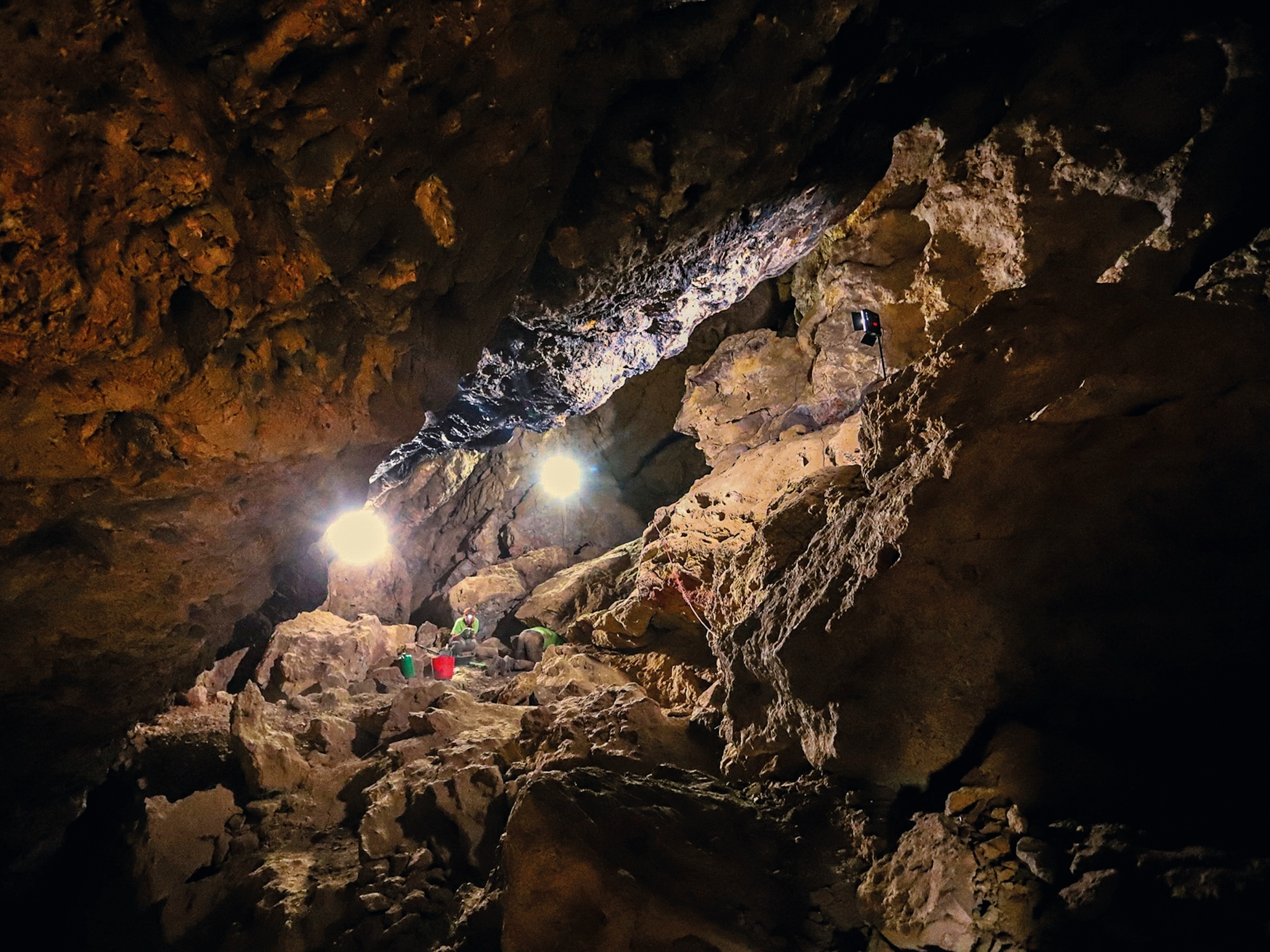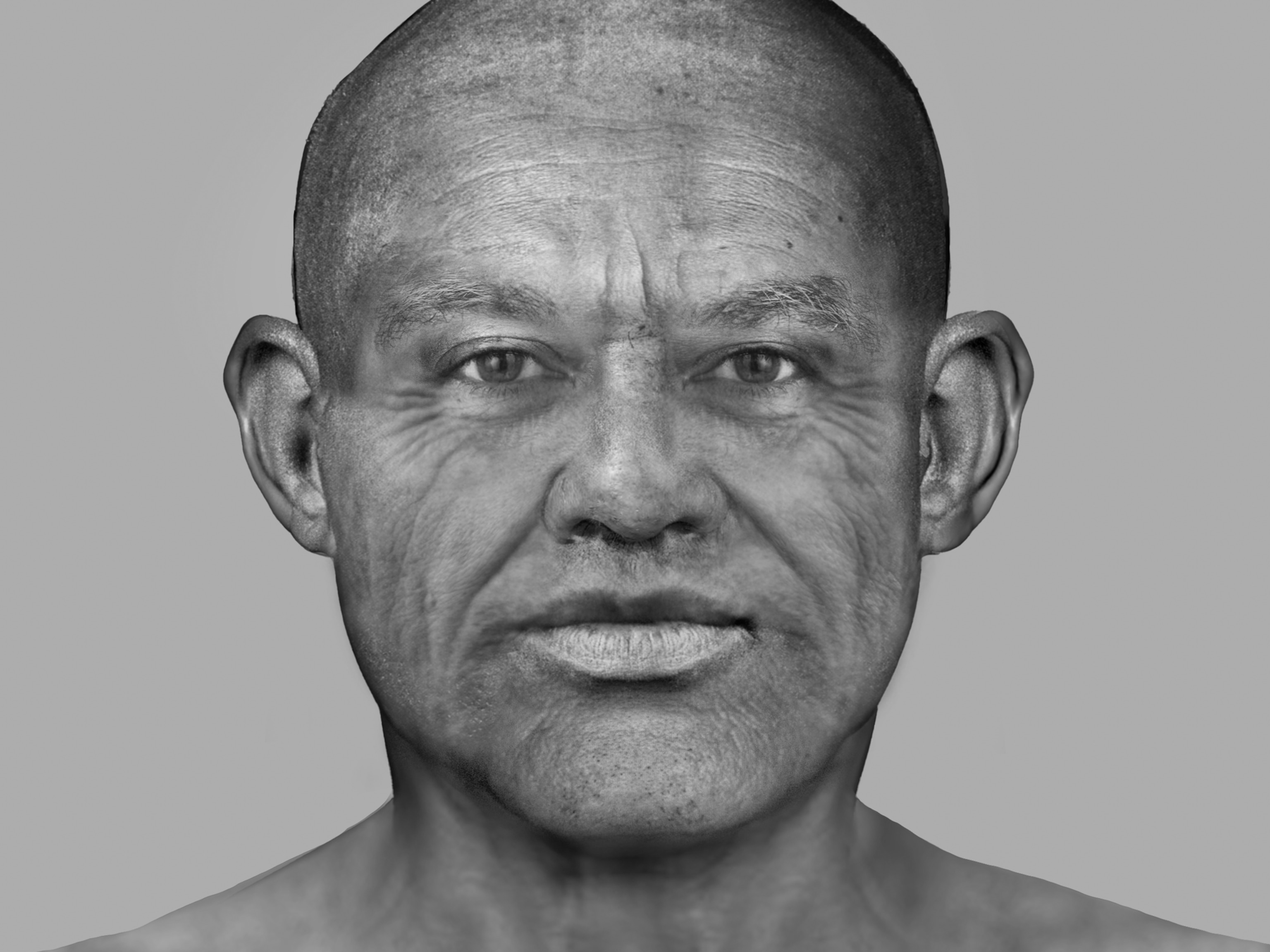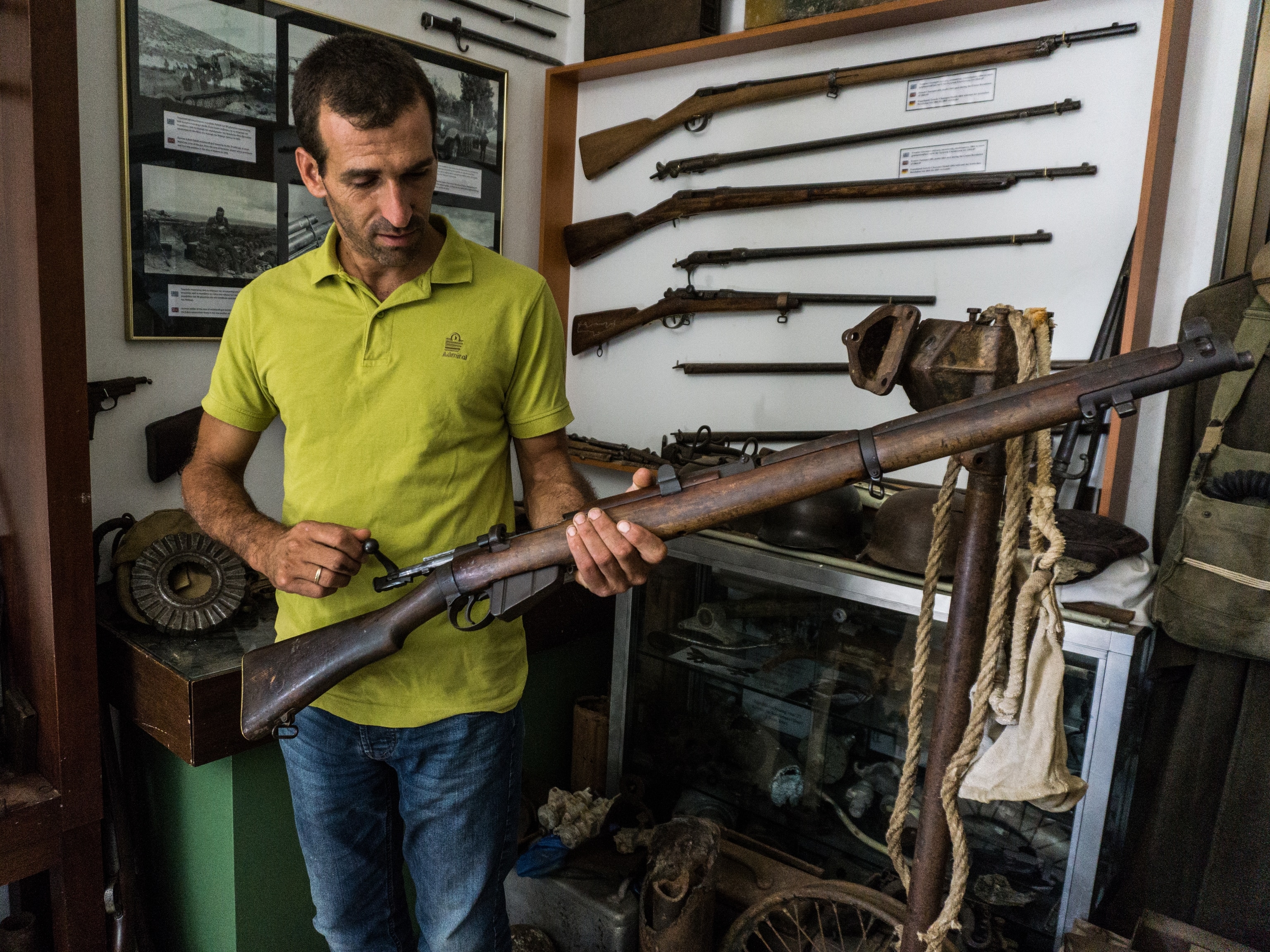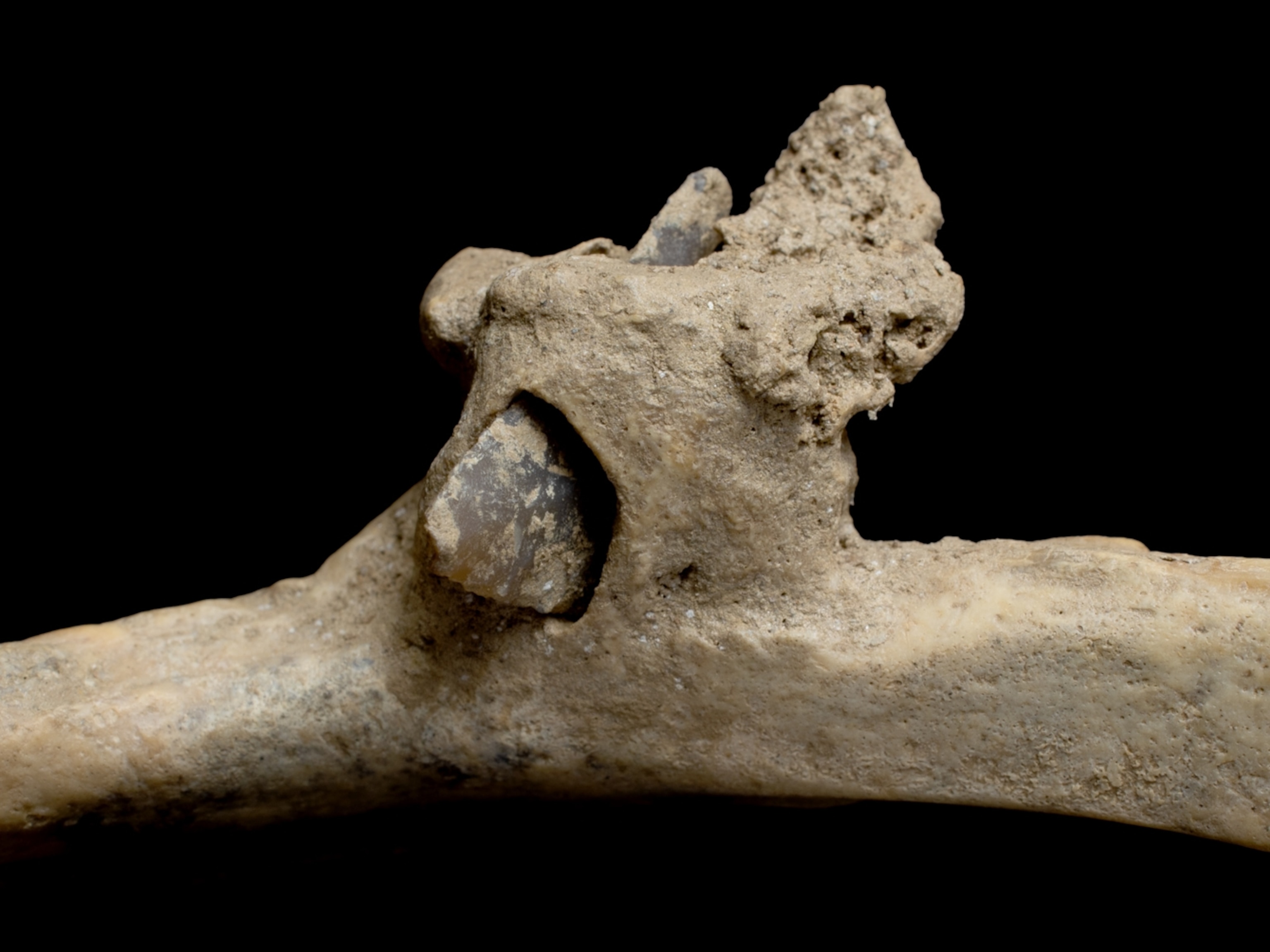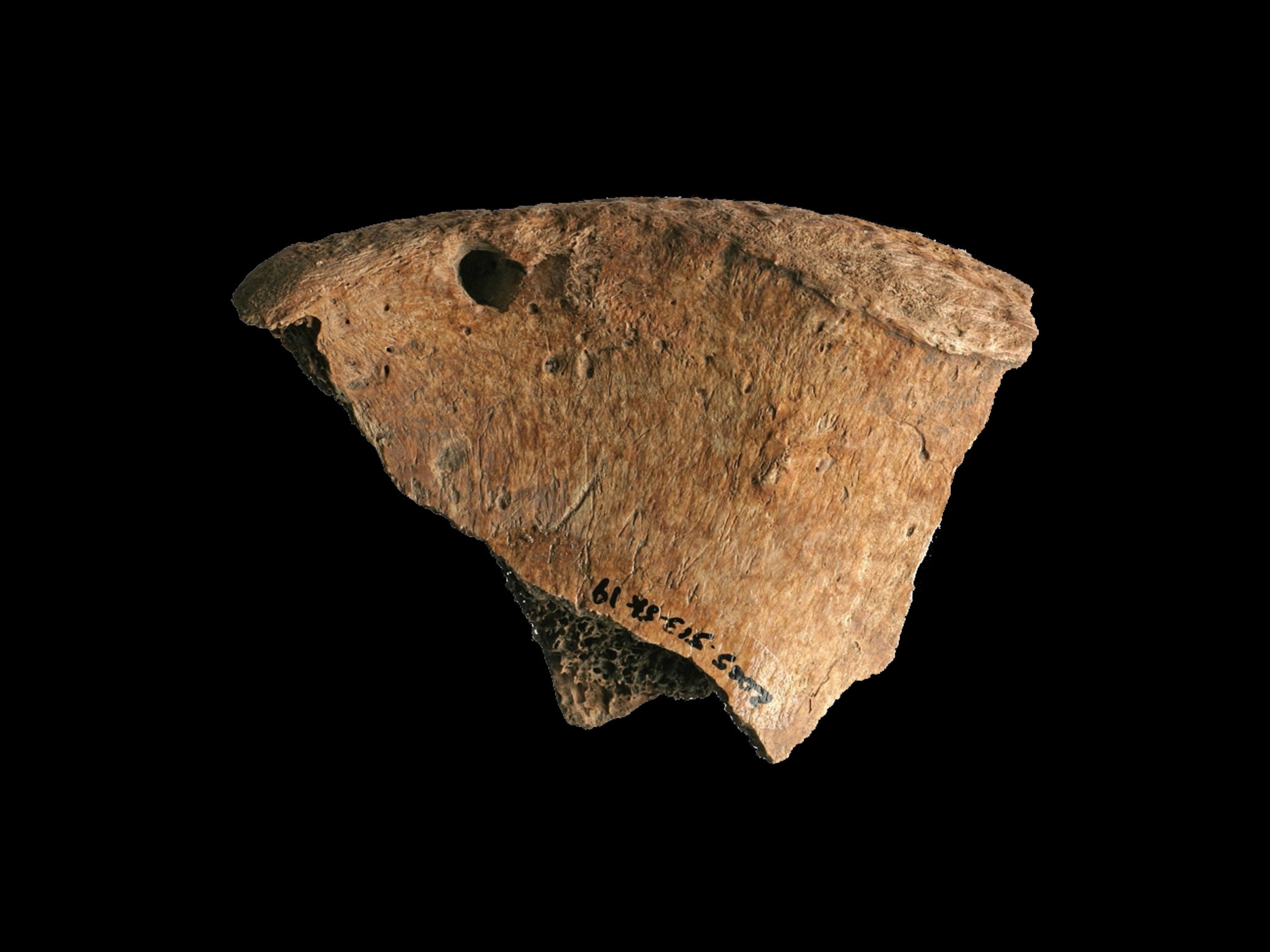
Boomerangs Were Lethal Weapons of War, Skeleton Suggests
A skeleton with unprecedented injuries suggests Australia’s Aboriginal peoples fought deadly battles among themselves.
At first the story seemed clear enough. When an Aboriginal man’s skeleton was found beside an Australian river bank two years ago, the long gash in his skull indicated he’d been slashed to death by a sword or cutlass, probably during the turbulent years when Europeans were spreading across the continent.
Then that narrative unraveled. Lab tests showed the man died in the 1200s—600 years before European settlers and their metal tools reached the area. And a new study in the current issue of Antiquity suggests the unique wounds likely came from a homegrown weapon: the boomerang. The study’s authors argue the man was a victim of deliberate violence, a theory that implies that at least some Aboriginal peoples battled each other before contact with Europeans and brings new insight into pre-colonization tribal relationships in Australia, a subject known mostly from less tangible historical accounts.
Only one other skeleton predating Australia’s colonization is known to show signs of lethal injuries meted out by other humans. That skeleton, dated to around 1600 B.C., bears multiple spear wounds, possibly inflicted as a ritual punishment.
“I don't know if it was a continent-wide phenomenon,” says Michael Westaway, co-author of the new study and a biological anthropologist at Australia’s Griffith University, “but we do see evidence in this part of [Australia] that … supports intertribal conflict.”
The skull was discovered in 2014 by William Bates, a member of the local Aboriginal people, the Baakantji. The Baakantji named the dead man Kaakutja, which means “older brother.” Kaakutja had a long wound on his face from a sharp-edged weapon, some of his ribs were broken, and a circle of bone had been hacked off his upper arm. Brought in to help tell the man’s story, Westaway initially suspected Kaakutja had died at the hands of the Native Police, militia-like forces organized by British officials and responsible for many Aboriginal deaths.
The evidence suggested Kaakutja—who died in his late 20s or early 30s—was familiar with violence. His skull bore two healed injuries, one of them possibly made by a sharp-edged weapon. But his belly showed he’d had a last meal of crayfish and possum, and he was buried with evident tenderness.
After researchers learned Kaakutja had lived before the use of metal in his region of Australia, they had to figure out what might have killed him. They soon found accounts of lil-lils, Aboriginal sharpened clubs, and of the fighting boomerang, which, according to a description from the early 20th century, “reminds one of the blade of a sabre.” Boomerangs could also be used for digging, making music, and butchering animals.
Boomerang blades were up to 18 inches long, which made them a better match than a lil-lil for the size of Kaakutja’s head wound, the researchers say. Not far from Kaakutja’s burial site, researchers found rock art depicting two different Aboriginal peoples holding shields, clubs, and boomerangs.
Kaakutja’s injuries combined with the art “indicates there was probably conflict in this area,” Westaway says. Other rock-art panels have also been interpreted as conflict scenes, but some experts say such images merely depict dances or ceremonies.

Kaakutja’s wounds suggest “close-range injuries—possibly hand-to-hand combat,” agrees Jo McDonald of the University of Western Australia, who was not involved with the study. Kaakutja’s forearms show no injuries from warding off blows. So Westaway and his colleagues speculate he was attacked with a boomerang designed to whip around the edge of a shield. Both shields and boomerangs were common items across the continent.
The evidence provided by the skeleton speaks to the nature of life in pre-contact Australia, says Colin Pardoe, an archaeologist in private practice in Australia who also was not involved with the study.
“There are those who think it’s the Garden of Eden and those who say it’s a hostile place,” he says. “The evidence here is that it’s kind of both.”
Kaakutja was “carefully laid out,” Westaway says, noting that Kaakutja’s skull rested on a cushion of special sand. “He was obviously someone that a lot of people cared for.” He has since been returned to the earth in a traditional ceremony, still cared for more than 700 years after death.

